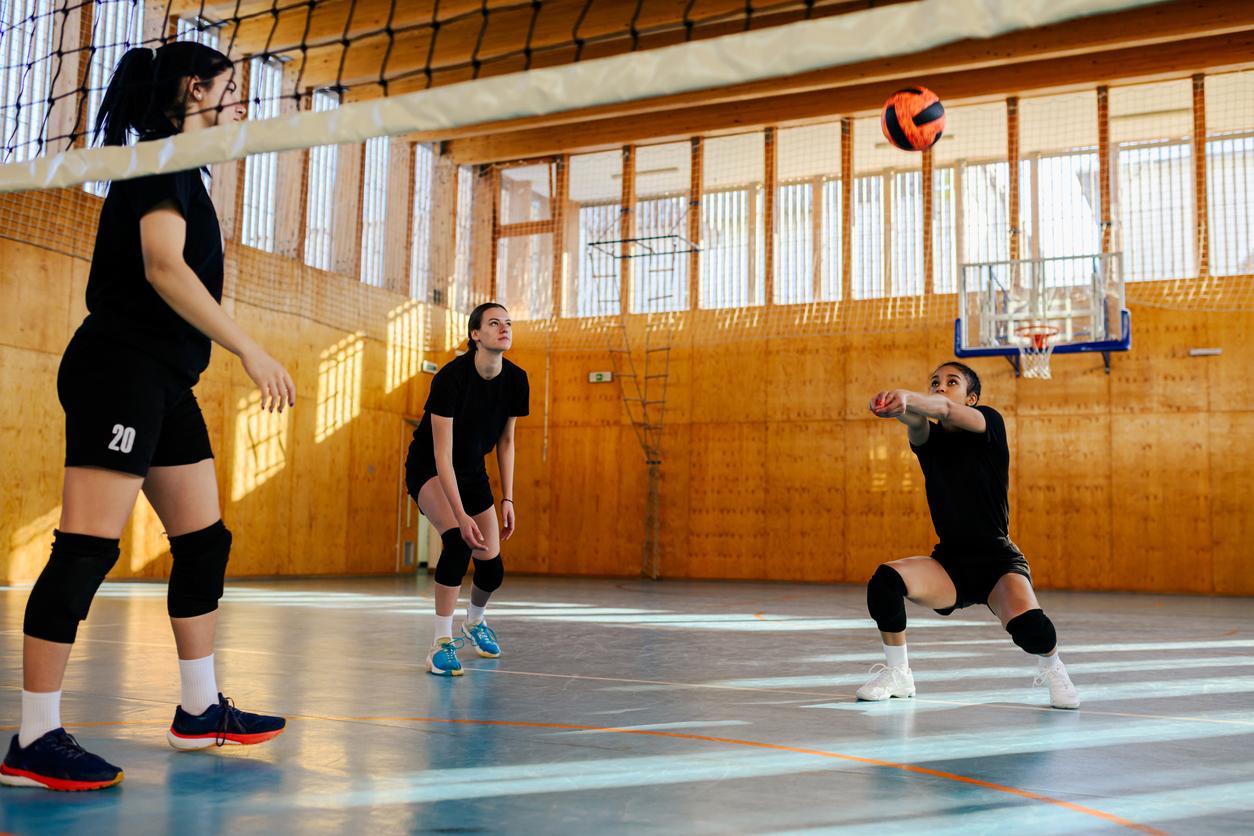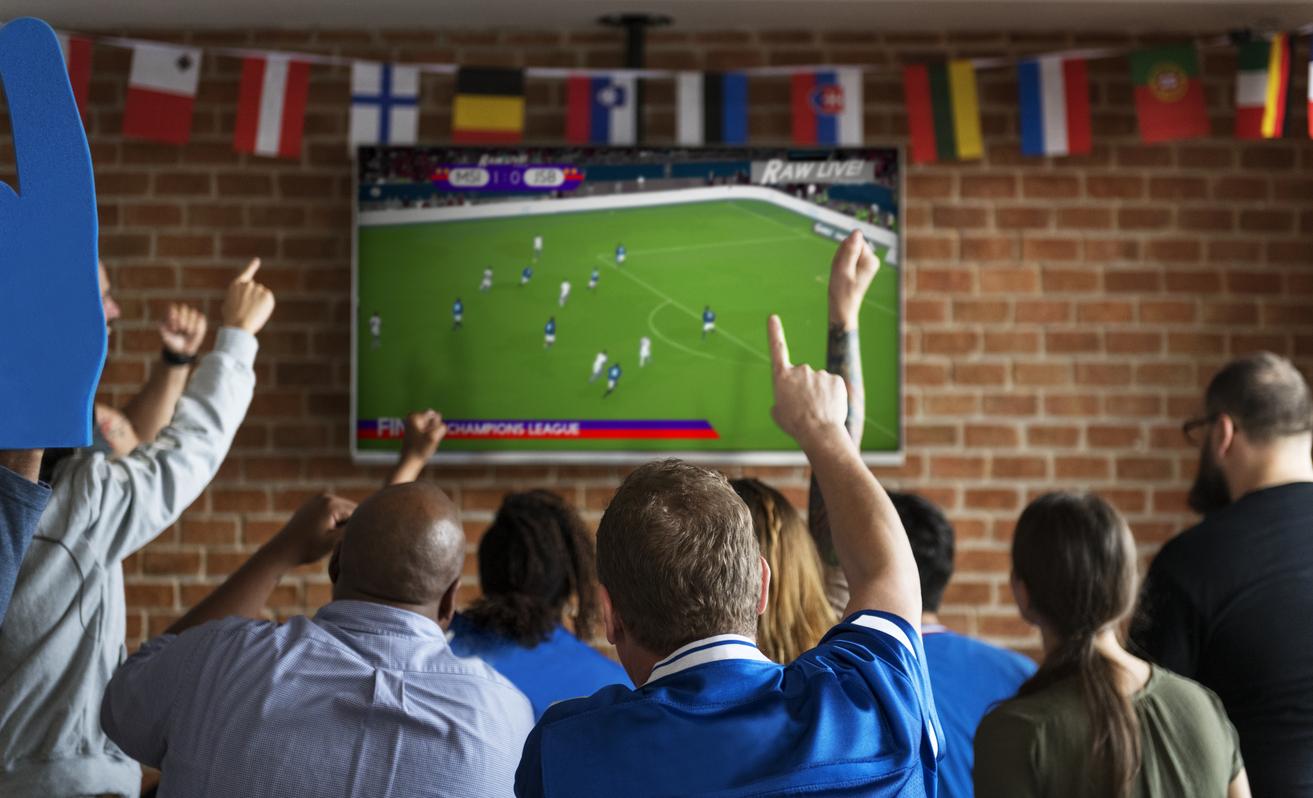The 33rd Top 10 Most Extravagant International Studies of 2023 awards ceremony took place on September 14, 2023 and it’s no joke. Some explanations.

- A ceremony for the most improbable studies takes place every year.
- The 10 best wacky studies receive prizes (prizes in literature, medicine, psychology, chemistry and geology, physics, public health, communication, nutrition, education and mechanical engineering).
- This ceremony was created by Marc Abrahams who hopes that it will encourage the population to take an interest in scientific studies and to ask questions.
Every year, and since 1991, the ceremony takes place Ig® Nobel Prize Winnerswhich rewards the 10 most eccentric international studies. And this year, the 33th editing was held on September 14. This celebration aims to celebrate the unusual and the imagination while stimulating the population’s interest in scientific research. And the prize giving ceremony is just as hilarious as the prizes themselves since there is singing, dancing, theater… and the diploma is made of paper (but signed by real Nobel Prize winners!).
From the chemistry and geology prize….
And among the 10 awarded in 2023, we include the chemistry and geology prize won by scientists from Poland and the United Kingdom which helped explain why many scientists lick stones.
THE literature prize was awarded to French, British, Malaysian and Finnish scientists for their study of how people feel when they repeat a single word many times.
That of mechanical Engineering dedicated Chinese, Indian, Malaysian and American scientists who reanimated dead spiders for use as mechanical grasping tools.
Side public health, the team of Seung-min Park stood out with the invention of the Stanford toilet, a device that uses a variety of technologies – including a urine test strip, a computer vision system for analyzing defecation, a urine sensor Anal fingerprint combined with an identification camera and telecommunications link – to quickly monitor and analyze substances that humans excrete.
…at the price of medicine
In medicineChristine Pham and her team of Americans, Canadians, Macedonians, Iranians and Vietnamese, studied cadavers to determine if there are an equal number of hairs in each of a person’s two nostrils.
For the nutritionit was the Japanese Homei Miyashita and Hiromi Nakamura who sought to determine how electrified chopsticks and straws can change the taste of food.
Katy Tam, Cyanea Poon, Victoria Hui, Wijnand van Tilburg, Christy Wong, Vivian Kwong, Gigi Yuen and Christian Chan (Chinese, Hong Kong, Canadian, British, Dutch, Irish, American and Japanese) received the education price for methodically analyzing the boredom of teachers and students.
… through psychology
In psychologythe prize went to Americans Stanley Milgram, Leonard Bickman and Lawrence Berkowitz who conducted experiments on a city street to determine how many passers-by stop to look up when they see strangers looking up .
THE physics prize went to a mixed Spanish, Galician, Swiss, French and British team who measured the influence of the sexual activity of anchovies on the mixing of ocean waters.
And since good communication is essential for sharing information, there is also the communication price. And this year it was scientists, including Argentinians, Spaniards, Colombians, Chileans, Americans and Chinese, who received it by focusing on the mental activities of people who are experts in backwards speech.
Marc Abrahams, founder of this ceremony, has not finished making us laugh and smile. And to make us think too. Moreover, in 2022, the Ig Nobel Prize itself was awarded the Heinz Oberhummer Prize, which rewards “outstanding scientific communication”.
















